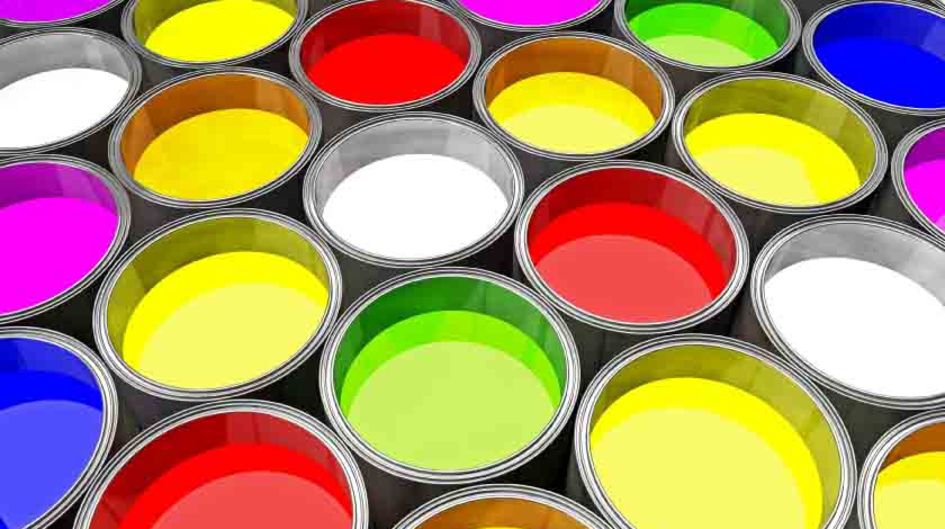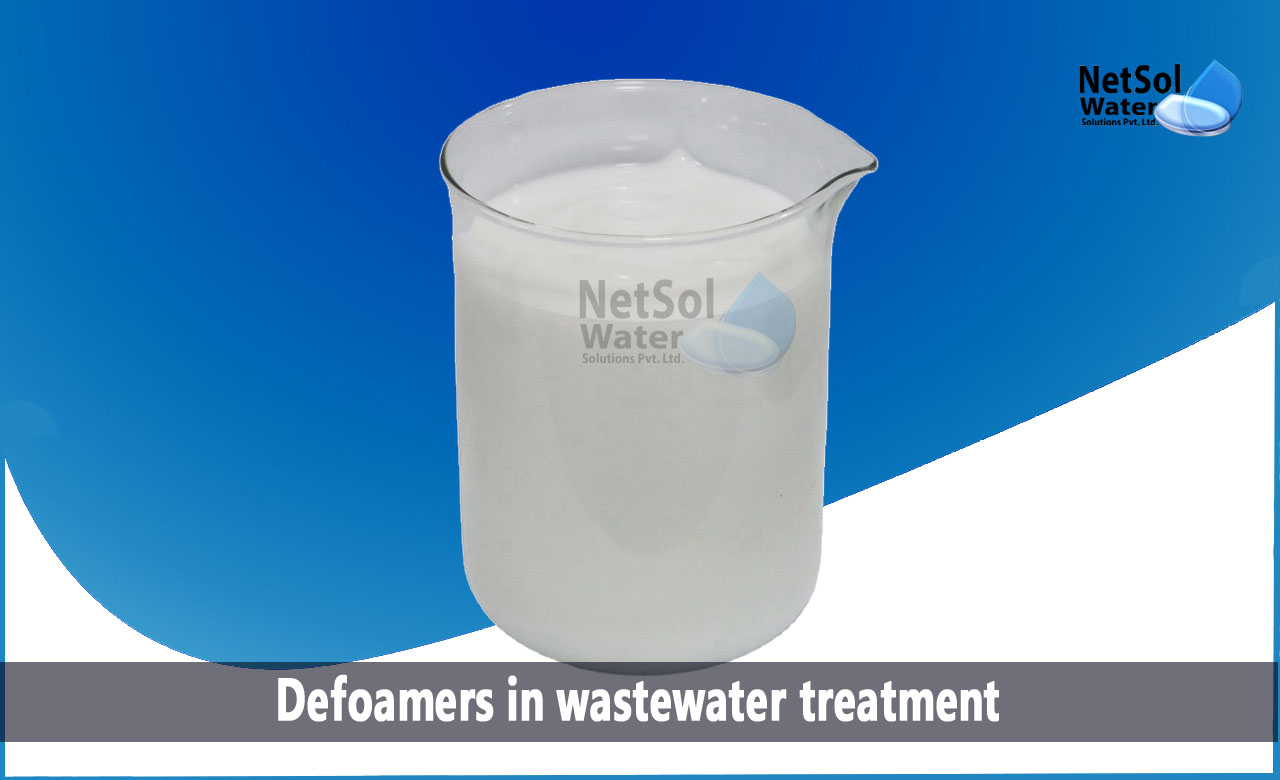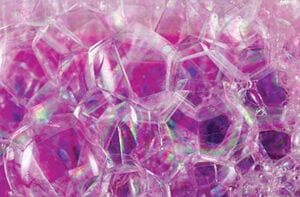The Future of Defoamers: Innovations and Trends in Foam Control Solutions
The Future of Defoamers: Innovations and Trends in Foam Control Solutions
Blog Article
Selecting the Right Defoamer for Your Particular Application Demands
Choosing the ideal defoamer for specific application requirements is a nuanced process that requires careful factor to consider of several aspects, such as the foam type, medium, and operating conditions. Recognizing the subtleties of defoamer efficiency-- including rate and persistence-- while additionally accounting for ecological and governing factors is vital. In addition, taking part in trials and talking to producers can give beneficial understandings. Browsing these complexities can be difficult, and the effects of an inadequate option might be considerable. What techniques can be used to make sure an optimal option?
Recognizing Foam Development
Foam development takes place when gas is trapped within a liquid, creating a secure structure of bubbles. This sensation can considerably influence numerous industrial procedures, specifically in fields such as food production, drugs, and wastewater treatment. The visibility of foam can hinder blending, reduce product high quality, and even bring about operational inefficiencies.
Foam commonly develops because of a mix of aspects, consisting of surface-active representatives, anxiety, and the features of the liquid phase. Surfactants lower the surface area tension of the fluid, helping with the development of bubbles that can coalesce and maintain. Anxiety, whether from mechanical mixing or gas introduction, improves bubble development, causing boosted foam quantity.
Comprehending the auto mechanics of foam formation is critical for markets intending to enhance their processes. By recognizing the specific conditions that promote foam generation, organizations can implement techniques to minimize its results.
Kinds of Defoamers Available
Numerous sorts of defoamers are offered to address the difficulties positioned by foam in commercial applications. defoamers. Broadly categorized, defoamers fall under 3 categories: silicone-based, non-silicone-based, and natural defoamers
Silicone-based defoamers are renowned for their performance and security throughout a variety of temperature levels and pH levels. They are commonly utilized in applications where solid foam suppression is necessary, such as in finishes, adhesives, and paints. Their low surface tension enables rapid foam collapse.
Non-silicone-based defoamers, commonly made from natural compounds, provide an alternative for applications conscious silicone residues. These defoamers can be additional separated right into polyether and ester kinds, each customized to fulfill specific formulation requirements. Non-silicone defoamers are frequently utilized in food processing and personal care products because of their compatibility with different formulas.
All-natural defoamers, stemmed from plant or pet sources, are gaining traction as a result of their eco-friendly profile. These items are particularly appealing in applications where governing conformity and sustainability are extremely important, such as in agrochemicals and biotechnology.
Choosing the best kind of defoamer is critical for optimizing efficiency and making sure compatibility with particular applications.
Key Application Considerations
When selecting a defoamer, it is vital to think about the specific application requirements to guarantee optimal efficiency. defoamers. Different markets have distinctive requirements, such as food handling, drugs, or wastewater treatment, and each application may need one-of-a-kind defoaming buildings
Key elements to assess consist of the tool in which the defoamer will be utilized, whether it is water-based, oil-based, or a combination thereof. The temperature and pH degrees of the application can likewise significantly affect the efficiency of a defoamer. Additionally, compatibility with various other chemicals existing in the system is important to avoid negative reactions that might compromise efficiency.
One more vital factor to consider is the lathering actions of the certain system. Recognizing whether the foam forms rapidly or slowly can direct the option of a defoamer that targets the source effectively. The wanted rate of defoaming can affect the option, as some applications require quick activity while others may endure slower defoaming procedures.
Lastly, regulative and ecological considerations must not be neglected, particularly in industries with stringent conformity demands. Choosing a defoamer that aligns with these factors makes sure both effectiveness and safety and security in the application.

Efficiency Testing Approaches
Examining the performance of a defoamer needs an organized strategy to testing that precisely measures its efficiency in particular applications. click for source Numerous efficiency testing methods can be utilized to identify the optimum defoamer for a provided solution.
One common technique is the bubble test, which assesses the defoamer's capability to lower foam volume over time. This examination entails creating a secure foam and after that including the defoamer to observe the rate of foam collapse.

Inevitably, picking the ideal efficiency screening method relies on the particular application and the type of foam being dealt with. Each method provides beneficial data that can assist formula changes and improve the performance of the defoamer in useful applications.
Finest Practices for Selection


Next, take into consideration the defoamer's efficiency in terms of speed of action and persistence. A quick-acting defoamer may be essential for procedures where quick foam reductions is critical, while Get More Info an extra relentless formulation may be required for prolonged foam control. Furthermore, evaluate the ecological impact of the defoamer, including its biodegradability and any kind of governing compliance needs.
Conduct trials with chosen defoamers to determine their effectiveness in real-world conditions. By sticking to these best methods, you can improve foam control efficiency and guarantee the longevity of your procedures.
Verdict
In summary, selecting the appropriate defoamer demands an extensive analysis of various aspects, including foam type, medium, operating conditions, and environmental factors to consider. Recognizing the special characteristics of foam formation and the available defoamer alternatives is important.
Selecting the appropriate defoamer for particular application demands is a nuanced procedure that demands mindful consideration of numerous aspects, such as the foam operating, type, and helpful site medium problems.Selecting the right defoamer is crucial for attaining optimum performance in foam control applications. A quick-acting defoamer might be essential for processes where fast foam suppression is vital, while an extra relentless solution may be needed for extended foam control.In recap, picking the proper defoamer demands an extensive analysis of numerous elements, consisting of foam type, medium, operating problems, and ecological considerations. Recognizing the unique qualities of foam development and the available defoamer alternatives is vital.
Report this page